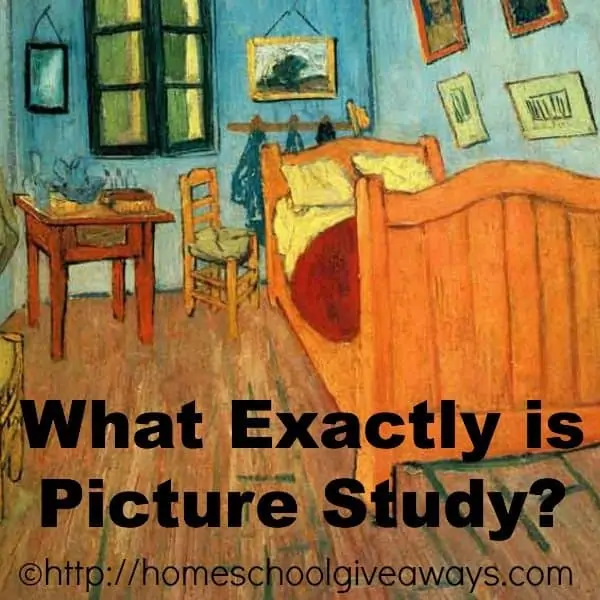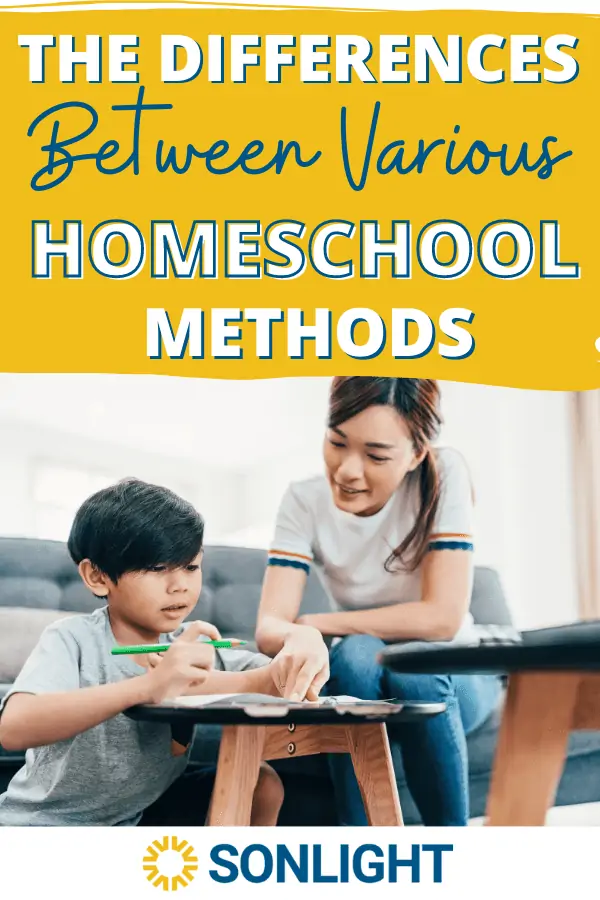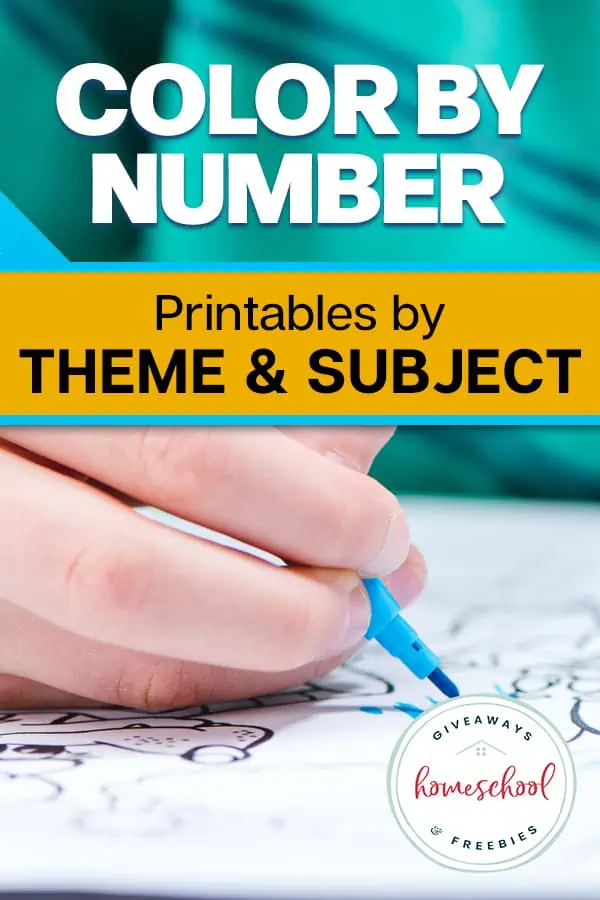Artist & Picture Study: How & Why Plus FREEBIES
Published:
August 27, 2014

Contributor:
Carrie
Disclosure: This post may contain affiliate links, meaning if you decide to make a purchase via my links, I may earn a commission at no additional cost to you. See my disclosure for more info.
Why Children Should Study Art through Picture Study
1. Children learn to love the things they are consistently exposed to.
This is found to be true as we introduce our children to food, music, art, books, and so many different areas of life. A child who is consistently exposed to great art in positive ways will likely come to love or at least appreciate great art.
2. Great art touches and changes us in ways that other modes of communication cannot duplicate.
Art has been used as a means to change minds, move people, bring glory to God, and effectively change the world since the beginning of time. Without the ability to understand and relate to art, we are losing a significant part of our history and heritage.
3. When we study great art, we learn to look at the world around us in a new way.
You’ve probably seen an Oak tree or a Pine tree or the ocean hundreds of times depending on where you live, but seeing them through the eyes of an artist brings out their beauty and helps us appreciate our surroundings. In the same way, a portrait can help us know and appreciate the people in our lives.
“We cannot measure the influence that one or another artist has upon the child’s sense of beauty, upon his power of seeing, as in a picture, the common sights of life; he is enriched more than we know in having really looked at even a single picture.” Charlotte Mason, Volume 1, pg. 309
4. We were made in the image of God and just as He is the Great Creator — we were made to create.
Studying great art gives us a greater appreciation for our Creator God and provides the inspiration we need to create something ourselves. (The Truth Project, Tour 11)
Picture Study as defined by Charlotte Mason
1. Picture Study Should Be Regular.
Giving a child as young as six roughly six works of art to study for six months at a time — all from the same artist — allows that child an opportunity to become very familiar with the style and technic of one particular artist and with six excellent works of art which he will be able to describe from memory.
“When children have begun regular lessons (that is, as soon as they are six), this sort of study of pictures should not be left to chance, but they should take one artist after another, term by term, and study quietly some half-dozen reproductions of his work in the course of the term.” (Volume 1, pg. 309)
2. Picture Study Should Include a “Picture Talk”
Step 1: Give the child a new picture to look at.
Step 2: After 3 or 4 minutes, take the picture away, and ask the children to tell you what they remember about the picture as narration.
Step 3: After they finish telling you what they remember, ask them a few questions to bring out details of the picture they may not have mentioned.
Step 4: Have the child tell you the name of the art work, and discuss the painting and artist briefly.
Step 5: Have the child draw the lines of the painting quickly, to preserve his impressions of the painting.
(from Volume 1, page 10 – revised from her instructions for a specific painting.)
“children should learn pictures, line by line, group by group, by reading, not books, but pictures themselves.” (volume 6, pg. 214)
“We attach a good deal of value to what we call picture talks, that is: -a reproduction of a suitable picture…is put into the children’s hands, and they study it by themselves. Then, children…describe the picture, giving all the details and showing by a few lines where is such a tree or such a house; judging if they can the time of day; discovering the story if there be one….The object of these lessons is that the pupils should learn how to appreciate rather than how to produce.” vol. 3, p. 23
How Homeschool Moms Have Adapted Picture Study
Homeschooling Moms have embraced the teachings of Charlotte Mason and introduced her methods to the homeschool community. As her methods were originally written for classroom use, some adaptation has been done but the basic steps outlined in the paragraph above remain the foundation for picture study.
These homeschool Moms have written excellent articles about how they use picture study in their homeschool if you’d like to read more.
Charlotte Mason Artist Study by Jimmie Lanley
Picture Study by Sonya Schafer
Our Picture Studies by Linda Fay
Art Appreciation the Charlotte Mason Way by Karen Andreola
Charlotte Mason Picture Study by Sue Pruett
8 Ways to Teach Art in your Homeschool by Lisa Harrington
How to do a Charlotte Mason Picture Study by Wise Owl Homeschool
Picture Study: Art Appreciation for your Homeschool by Crafty Erin
FREE Resources for Picture Study
Ambleside Online Artist Schedule with Free Art Links
Artist Timeline Downloads from Practical Pages
HomeschoolCopywork.com Memberships include books for Artist and Picture Study combined with quotes from the artist for copywork. Signing up for the newsletter will get you a free sampler pack.
Free Art Card Discussion Questions from Harmony Fine Arts
Free Discussion Question Printable for A Child’s Book of Art from Homeschool Encouragement
Picture Study Resources by Triumphant Learning
Subscribe to the Art Curator’s e-mail newsletter to receive the free Art Appreciation Printable Worksheet Bundle which includes 8 ready-to-use art worksheets designed to work with almost any work of art. Subscribers also get my Art Around the World eBook for 40% off!
Art Study Notebooking Pages from New Bee Homeschooler
Mary Cassatt Picture Study from Two Muses Homeschool
Enrichment Studies has the popular Fine Art Pages homeschoolers love!
| Guest Post by: Amy Blevins. Amy lives with her husband and six beautiful children in Northern Virginia. , Amy owns the inspirational and encouraging Homeschool Encouragement, the fun membership site Homeschool Copywork, and the support site for bloggers and brands, Homeschool Blogging. Amy also contributes articles for the 2:1 Blog and Blessed Beyond a Doubt. Besides blogging, Amy enjoys homeschooling, hiking, reading, singing, teaching, and serving Jesus above all. |













